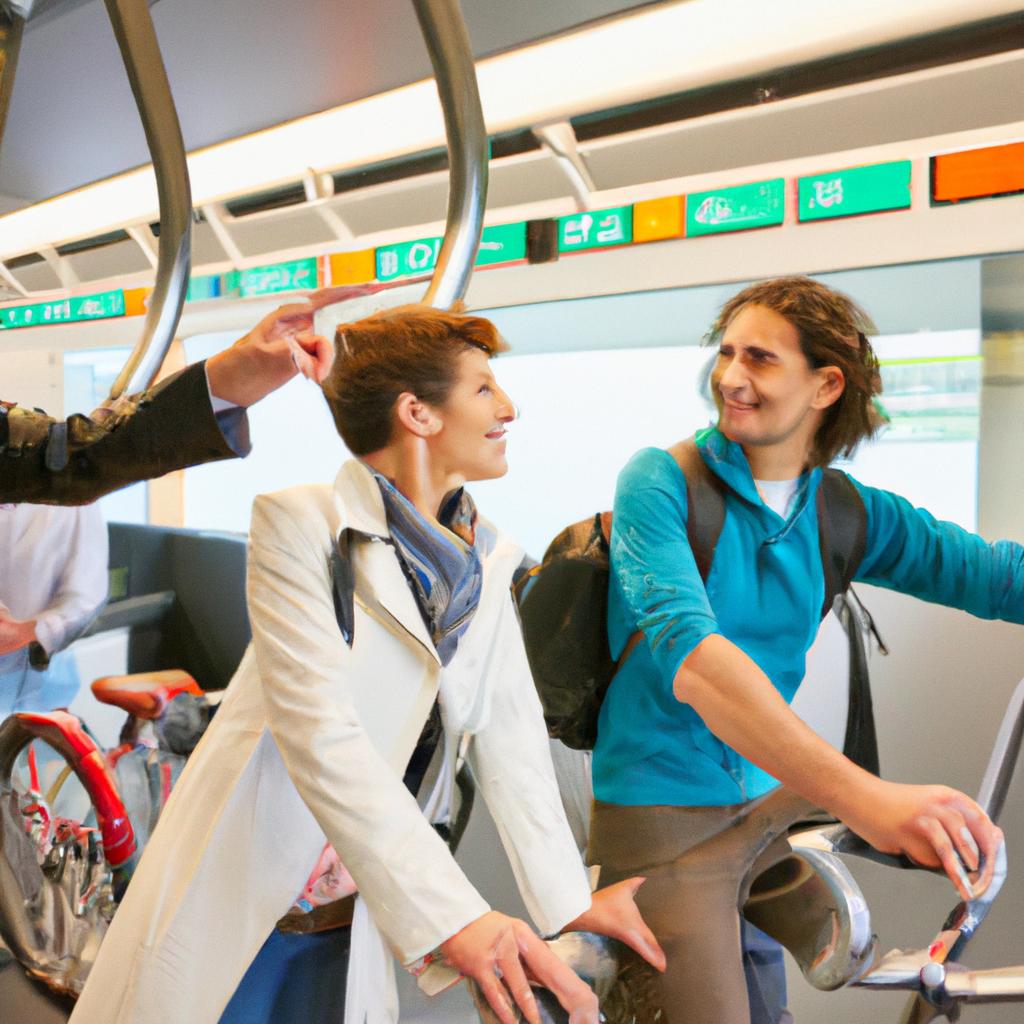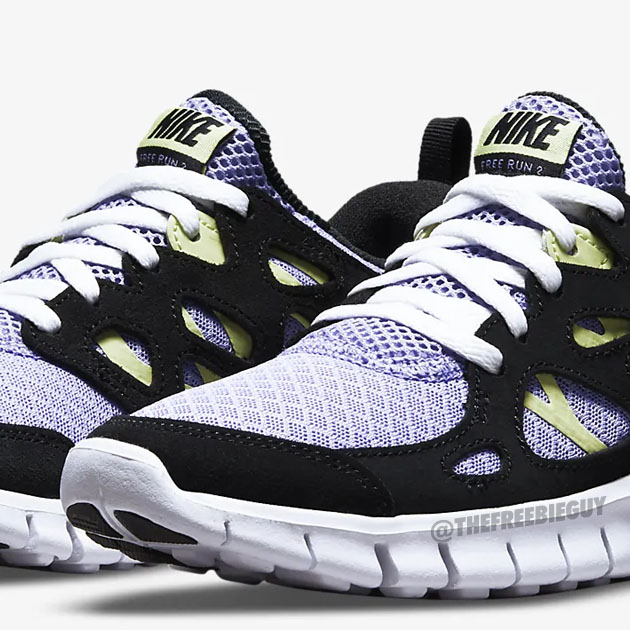In the bustling rhythm of modern life, the daily commute has become as much a part of our routine as our morning coffee. Yet, as we navigate congested streets and crowded public transport, a pivotal question emerges: How do we choose the best mode of transportation for our journeys? Two front-runners in this ongoing debate are pedal power and public transit. Each option offers distinct advantages and challenges, from the invigorating freedom of cycling to the convenience of bus and train networks. As urban landscapes continue to evolve and the emphasis on sustainable living grows, it’s time to rethink our commuting choices. In this article, we will explore the benefits and drawbacks of both modes of transit, examining how they not only impact our personal lives but also contribute to a larger dialogue about urban mobility, environmental responsibility, and the future of our cities. Join us as we pedal through the possibilities and unveil a clearer path for our daily commutes.
Navigating the Balance Between Sustainability and Convenience in Commuting Choices
In an era where we find ourselves increasingly aware of our environmental footprint, the choices we make for our daily commute often reflect a tug-of-war between our desire for convenience and our commitment to sustainability. Cyclists champion the speed and flexibility of bicycles, enjoying the **freedom** of choosing their own routes and avoiding traffic snarls. In contrast, public transit offers a **collective solution**, promising reduced emissions while promoting a sense of community among commuters. While both options hold merit, individuals can leverage a hybrid approach. For instance, using bikes to reach transit stations can amplify the benefits of both systems. Considerations like cost, health impact, and environmental responsibility must also guide our decisions in this balancing act. A thoughtful selection of commuting methods can lead to a more sustainable lifestyle without sacrificing the ease we crave.
| Commuting Choice | Benefits | Drawbacks |
|---|---|---|
| Bicycle |
|
|
| Public Transit |
|
|

Embracing Active Transportation: How Biking Enhances Urban Mobility and Personal Well-being
As urban centers continue to grapple with congestion and pollution, the call for a sustainable shift in how we navigate our cities has never been more pressing. Biking emerges as a powerful ally in this transformation, offering a multitude of benefits that extend beyond mere transportation. By incorporating cycling into our daily routines, we not only foster a greener environment but also enhance our personal health and well-being. Consider these compelling advantages:
- Improved Physical Health: Regular biking strengthens cardiovascular fitness, builds muscle, and boosts overall endurance.
- Mental Clarity: The rhythmic nature of pedaling encourages mindfulness, reducing stress levels and promoting mental well-being.
- Reduced Commute Time: In congested areas, bikes can often maneuver through traffic more efficiently than cars or buses.
- Economic Savings: Biking reduces expenses related to fuel, parking, and public transit fares, allowing more funds for personal hobbies.
- Enhanced Community Connection: Riding through neighborhoods fosters a deeper connection to local cultures and encourages social interaction.
| Benefit | Impact |
|---|---|
| Health | Boosts physical fitness and mood |
| Efficiency | Quicker travel in high-density areas |
| Economy | Reduces daily commuting costs |
| Environment | Decreases carbon footprint |
Embracing cycling as a primary mode of transportation empowers individuals to reclaim their time, contribute to healthier communities, and take part in a collective stride toward sustainable urban living.
In Conclusion
As we navigate the intricate web of urban life, it’s clear that the choices we make about our daily commute are not merely personal decisions but reflections of broader social values and priorities. Whether opting for the exhilarating rush of cycling or the convenience of public transit, each path has its unique set of implications for our health, the environment, and the communities we inhabit. As we contemplate pedal power versus public transit, let us embrace the diversity of our commuting experiences and remain open to rethinking our choices. The journey towards sustainable transportation is not a destination but an ongoing conversation—one that invites us to explore new possibilities, champion innovative solutions, and collaborate for a greener future. In a world where every mile matters, let’s ensure that our commutes contribute to a healthier planet and a more connected society. So, whether you’re pedaling through the park or catching the bus downtown, remember that each choice is a step towards shaping the cities of tomorrow.










